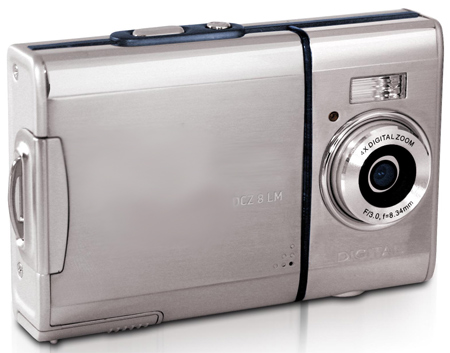
It depends on your perspective. If you’re the head of a major record label or movie studio, or if you’re a publisher or copyright holder, DRM — the blanket term for various new technologies that control usage and access to digital music, movies, and software — stands for Digital Rights Management.

But if you’re a consumer, it’s more accurate to say it stands for Digital Restrictions Management. (Or, in the case of Sony-BMG’s rootkit, which deposits all manner of intrusive and concealed software on a user’s computer, Digital Restrictions Malware.) “It prevents you from using the content that you have bought the way you want to,” says Nelson Pavlosky, co-founder of the international student movement FreeCulture.org. “And because there are laws against circumventing this copy protection, uses that would otherwise be legal suddenly become illegal. If I wanted to make a back-up copy of a CD that I bought, which is legal under fair use, the DRM physically stops me — and the laws that enforce DRM legally stop me.”
Elizabeth Stark, founder of Free Culture’s Harvard chapter puts it plainly: “You should not treat your consumers as criminals.”
But lately, DRM has become so prevalent — in the songs you buy from iTunes, the DVDs you watch, the eBooks you read — that some observers fear it stands to permanently strip away freedoms we’ve come to take for granted in the digital age. So, in concert with the nationwide Day Against DRM (October 3) that’s been announced by DefectiveByDesign.org, Free Culture has announced a Down with DRM Video Contest. Your job is simple: create a video. Post it online. Spread the word.
The very idea of the project goes against one of the core motivations behind DRM, says Fred Benenson, co-founder of Free Culture at NYU. “The entertainment industry loves DRM because it manifests the desire to vertically control cultural experiences — a dream they’ve had for years. Their ideal is for the audience to exist as a passive unit, where we’re merely ‘listening’ and ‘watching’ rather than actively participating or criticizing. DRM grants media corporations the exclusive keys to the locks on our own cultural artifacts.”
If you haven’t heard about the more perfidious instances of DRM, that may have to do with the fact that most media companies have a vested interest in it. “Are we gonna get something on a major news network about this? Probably not gonna happen,” says Harvard’s Stark. “But we don’t need to go through those channels anymore. Now we have Web sites where people can post videos and millions of people can view it.”
The videos will be uploaded on YouTube, MySpace, and blogs. “That’s how culture travels these days,” says Pavlovsky. So grab that digicam. If you want to remix existing video, do it. Hell, “if you can convey the anti-DRM message using cardboard cutouts and yarn, we’d love to see it,” says Benenson. Ideally, the videos should be licensed under the “copyleft” licenses available from Creative Commons (creativecommons.org) and Free Art (artlibre.org/licence/lal/en/).
Deadline for submissions is Sunday, October 1. Videos should be pithy and catchy. Upload them to the site(s) of your choice — YouTube, blip.tv, archive.org, revver.com — and be sure to tag them with “downwithdrm” and “dbdoct3.” Then e-mail the link to downwithdrm@freeculture.org. Free Culture will pick the top five entries and award the winners with a Neuros OSD, a way-cool device (at $229.99) that allows recording of iPod-ready MPEG-4 files from analog video input.
But you’re not doing this just for the prize. “DRM is basically infringing on our free speech,” says Stark. “This is a threat to our culture.”
On the Web
Free Culture: //freeculture.org/blog/2006/09/15/downwithdrm for more information.